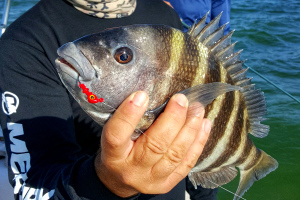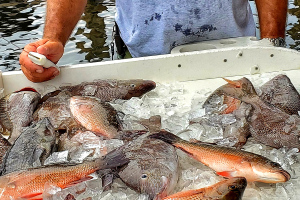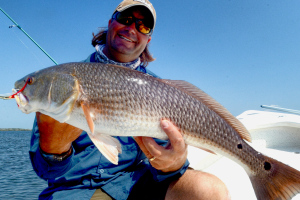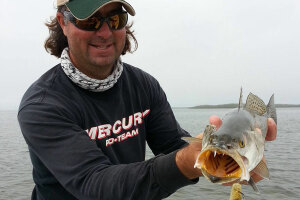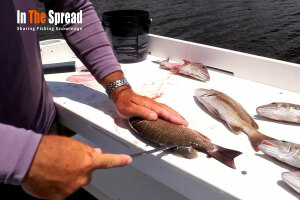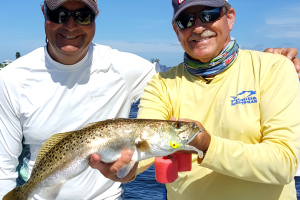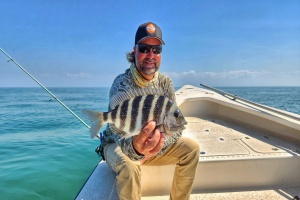Fishing in late winter is unpredictable due to weather events. Anglers should return to areas with deep water access, such as creeks and rivers, to catch fish. Studying outside keys with protective coves can also help find warm water. Live shrimp is the best bait, and patience is key in cold water.
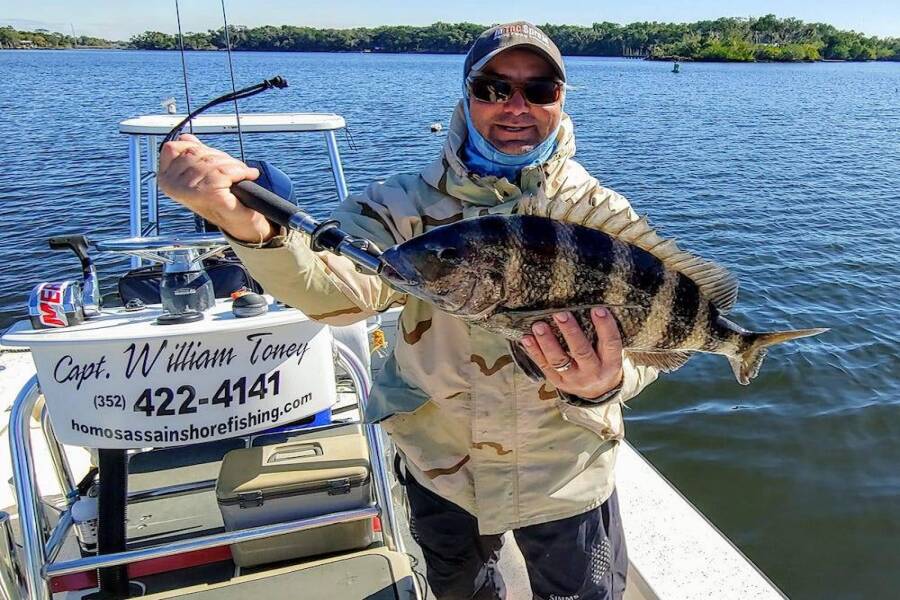
Dead of Winter Fishing on Florida's Gulf Coast
Weather Patterns and Fish Behavior
Winter fishing is indeed a roller coaster of weather events, with cold fronts playing a crucial role in fish activity. During these fronts, fish become less active and retreat to deeper, warmer waters. This period can last a few days, during which fishing can be particularly tough. However, once the weather stabilizes and winds shift southward, fish metabolism and activity levels increase, offering a prime opportunity for anglers.
By mid-January, game fish have usually adapted to the fluctuating conditions of winter. They're more likely to be active during brief warm spells, and an experienced angler can capitalize on these windows of opportunity. Understanding how fish respond to weather patterns is key to successful winter fishing.
Strategies for Fishing in Creeks and Rivers
In areas close to major creeks and rivers, revisiting spots where you've previously had success can be a smart strategy. Fish often seek refuge in these familiar deep-water areas, such as holes, canals, or dark water channels. These spots offer them shelter during the coldest nights and are typically located near shallower waters where they feed.
Using lures like shallow-running plugs or soft plastics can be effective, especially when fished along the edges of these deep-water zones. As the sun warms the shallower edges during the day, fish venture out to feed, making these transition areas between deep and shallow waters prime spots for a catch.
Learn More From Capt. William Toney
Utilizing Geographical Features
Studying the topography and orientation of the surrounding landscape can also provide insights into where warm water might accumulate. Keys that run east to west, for instance, can have south-facing sides sheltered from the north wind while also capturing the warmth of the southern sun. These protective coves, especially those with dark bottoms, can become warm-water havens for fish.
In such areas, redfish are a common catch. They often blend into their surroundings and remain still, making a slow and patient approach essential. It's often worth staking out a spot and waiting for the fish to come to you. Using live shrimp as bait can be particularly effective in these scenarios, as scent dispersion is limited in cold water. Patience is crucial, as it takes time for fish to locate the bait in these conditions.
Adapting to the Environment
Winter fishing requires not only an understanding of fish behavior but also a readiness to adapt to the changing environment. Dressing in layers is advisable, as you may need to shed clothing when the day warms up, especially in sun-warmed coves. Staying comfortable is key to maintaining focus and patience.
Conclusion
Fishing in the dead of winter presents unique challenges, but with the right strategies and an understanding of fish behavior and environmental patterns, it can be incredibly rewarding. Whether it's revisiting familiar spots or exploring new ones, each fishing trip offers the chance to learn more about the subtle interplay between weather, water, and wildlife. Remember, patience and adaptability are your greatest tools in winter fishing.
Captain William Toney In The Spread, InstructorUser Reviews





